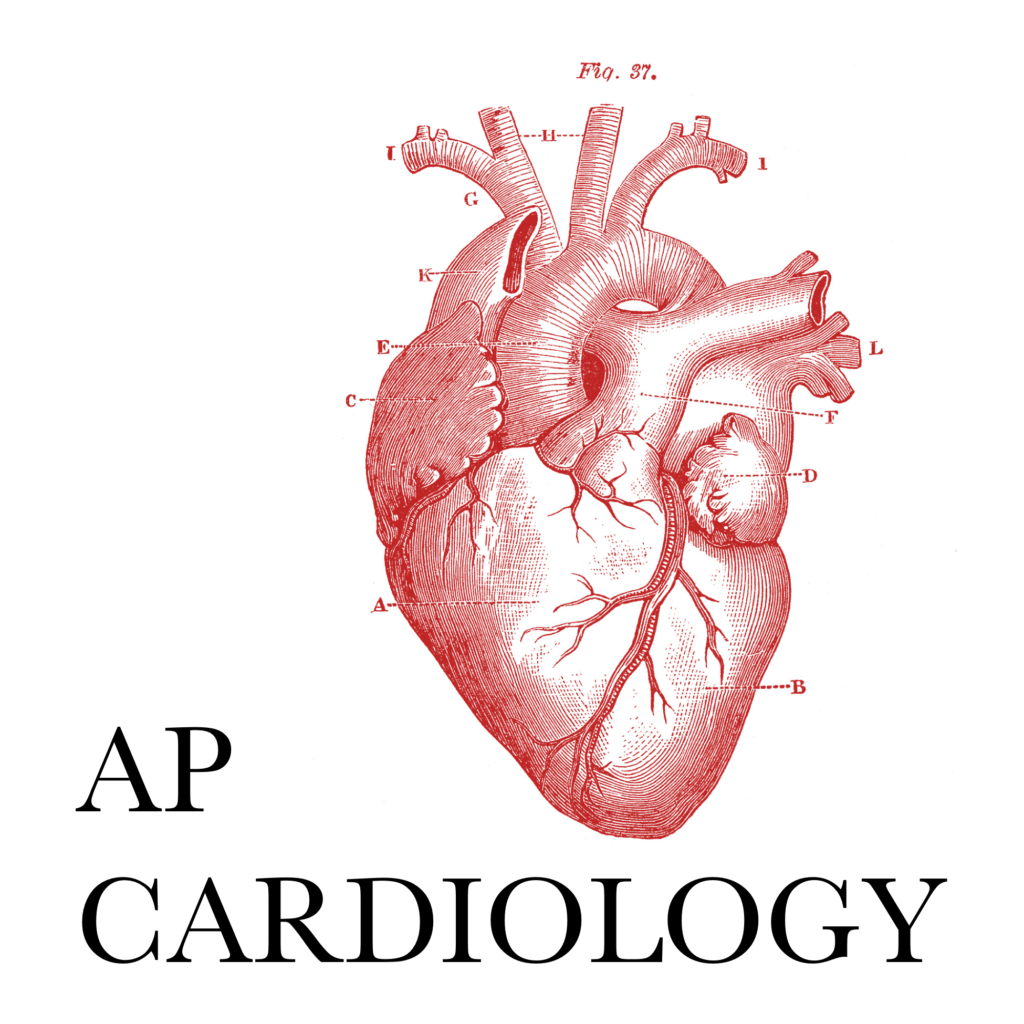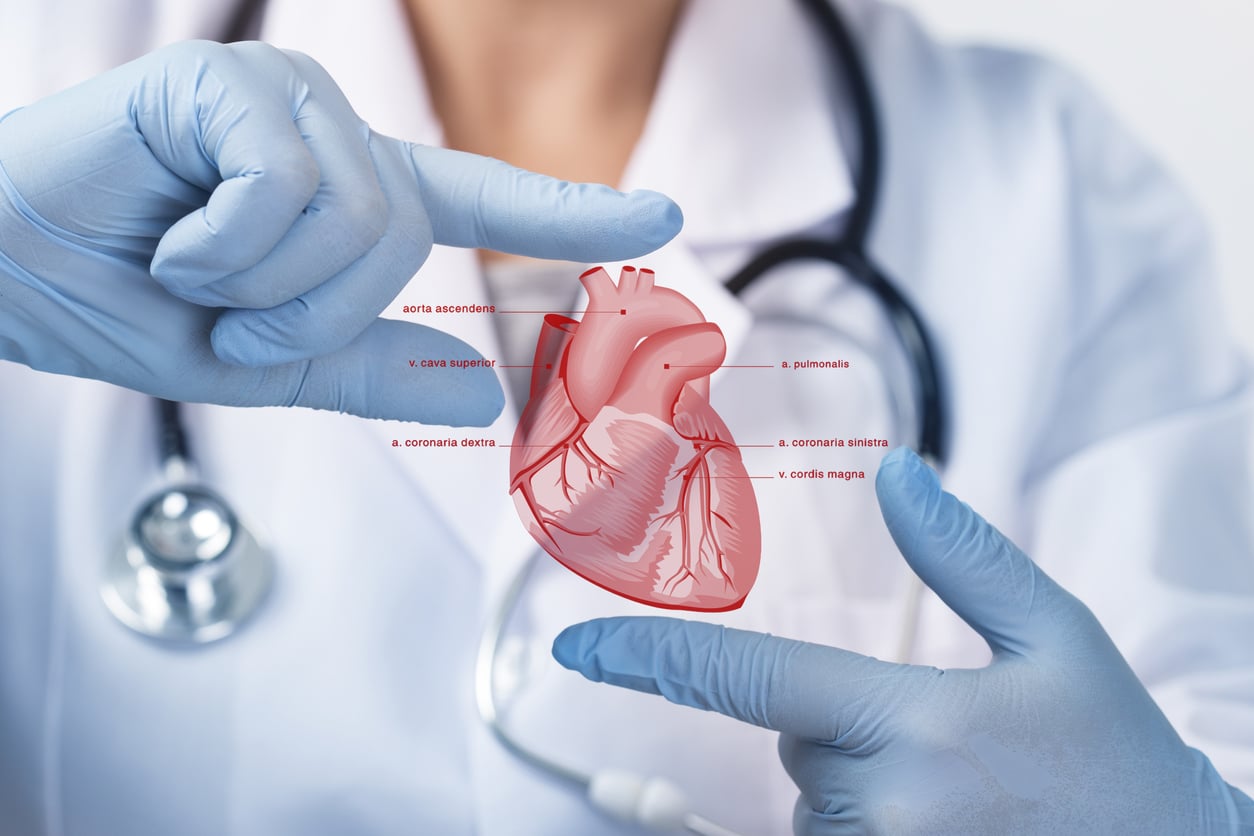Supporting older adults with tailored Cardiology care plans
Supporting older adults with tailored Cardiology care plans
Blog Article
Recognizing the Relevance of Cardiology in Modern Healthcare Solutions
Cardiology plays a vital function in modern health care, especially as heart condition continues to be the leading reason of death worldwide. Developments in diagnostics and therapy have actually changed person care, enabling earlier treatments and boosted end results. Moreover, the change towards precautionary cardiology equips people to manage their health and wellness proactively. As technology continues to advance, the combination of innovative services might better redefine cardiology's influence on public health, prompting a more detailed examination of arising trends and their effects.
The Frequency of Heart Disease and Its Influence On Public Health
Although cardiovascular disease stays the leading reason of fatality around the world, its influence expands far beyond individual patients to influence public wellness systems and economic situations. The high frequency of heart problem positions a considerable pressure on health care sources, requiring increased funding for therapy, recovery, and avoidance programs. Public wellness initiatives should resolve risk aspects such as excessive weight, smoking cigarettes, and less active lifestyles, which add significantly to the increasing occurrence of heart conditions.Moreover, the economic problem linked with cardiovascular disease is immense, incorporating not just straight clinical costs but likewise indirect costs associated with shed performance and early death. Neighborhoods face challenges in taking care of these costs, typically resulting in variations in healthcare access and outcomes. As the population ages and lifestyle-related risks remain to intensify, the necessity for reliable cardiology interventions becomes vital. Consequently, attending to cardiovascular disease is not only a matter of specific health and wellness but additionally a critical public wellness top priority.
Breakthroughs in Cardiac Diagnostics and Imaging Techniques
Recent advancements in cardiac diagnostics and imaging techniques have revolutionized the area of cardiology, improving the capacity to identify and check heart problem. Methods such as cardiac MRI, CT angiography, and echocardiography have actually become progressively advanced, supplying thorough photos of cardiac frameworks and features. These techniques permit for the early recognition of conditions like coronary artery disease, cardiac arrest, and valvular disorders.Moreover, improvements in non-invasive diagnostics, such as wearable innovation and remote tracking gadgets, have actually equipped patients and doctor. These devices promote real-time tracking of heart rhythms and various other essential indicators, leading to timely interventions. Additionally, artificial intelligence is being integrated into imaging analysis, improving accuracy and effectiveness in diagnosis.
Innovations in Treatment Choices for Heart Conditions
Recent developments in cardiology have actually led to significant advancements in therapy choices for heart disease. These include innovative surgical methods that improve procedural outcomes and emerging drugs that use new methods for therapy. As the area develops, these technologies play a vital duty in boosting client care and outcomes.
Advanced Surgical Techniques
Innovations in surgical strategies have changed the landscape of cardiology, using brand-new hope for individuals with heart disease. Minimally intrusive treatments, such as catheter-based interventions, have significantly minimized healing times and healthcare facility stays. Techniques like robotic-assisted surgery enhance accuracy, permitting surgeons to browse complicated anatomical structures with greater accuracy. In addition, developments in imaging modern technology facilitate real-time visualization during treatments, improving outcomes. Transcatheter aortic shutoff replacement (TAVR) exemplifies a breakthrough in dealing with aortic stenosis, enabling shutoff substitute without open-heart surgical procedure. In addition, hybrid approaches that integrate surgical and catheter-based approaches supply tailored services for various heart problems. These sophisticated surgical methods not only enhance client safety and security yet likewise increase therapy options, highlighting the essential function of development in contemporary cardiology practices.
Emerging Therapies and drugs
As the landscape of cardiology remains to progress, emerging medicines and therapies play a pivotal function in enhancing therapy options for heart disease. Advancements such as unique anticoagulants and advanced lipid-lowering representatives have transformed the monitoring of cardio illness, significantly minimizing client morbidity and death. In addition, the growth of genetics therapies and regenerative medicine offers encouraging opportunities for dealing with conditions formerly deemed permanent. Medical tests are continuously disclosing the effectiveness of these therapies, pushing the limits of traditional treatments. Furthermore, the combination of electronic health innovations facilitates individualized medicine, allowing for customized therapy strategies based upon hereditary and lifestyle aspects. Collectively, these advancements underscore the dynamic nature of cardiology, enhancing individual end results and redefining criteria of care in modern healthcare.
The Duty of Preventive Cardiology in Individual Care
Precautionary cardiology plays a vital role in client treatment by concentrating on the identification of threat variables that contribute to cardiovascular disease. Through lifestyle alteration techniques and early discovery strategies, medical care companies can properly decrease the occurrence of cardio occasions - Cardiology care. This positive method not just enhances client outcomes however also advertises lasting health
Risk Variable Recognition
While cardiovascular illness remain a leading source of morbidity and mortality worldwide, efficient threat aspect identification offers as a keystone of precautionary cardiology. Identifying threat elements such as hypertension, family, hyperlipidemia, and diabetes background is important for very early treatment. Medical care professionals utilize numerous evaluating methods to assess these elements, enabling customized safety nets. In addition, recognizing check my source a person's lifestyle choices, such as smoking and physical inactivity, additionally notifies threat assessments. This complete analysis enables medical professionals to create customized treatment strategies targeted at mitigating threats. By prioritizing danger aspect identification, healthcare systems can improve patient results and lower the overall concern of heart diseases, inevitably adding to improved public health and wellness approaches and resource allotment.
Lifestyle Adjustment Methods
A wide range of research studies highlights the important role of way of living alteration strategies in decreasing heart disease danger. These methods encompass dietary modifications, enhanced physical activity, smoking cessation, and weight administration. By adopting a heart-healthy diet plan abundant in fruits, veggies, whole grains, and lean healthy proteins, individuals can decrease cholesterol degrees and high blood pressure. Regular physical activity reinforces the heart and improves overall cardiovascular wellness. Furthermore, giving up cigarette smoking considerably decreases the threat of heart problem and enhances recovery rates for those with existing problems. Weight management additionally adds to cardio health and wellness by minimizing other danger factors such as diabetes mellitus and high blood pressure. Applying these way of life transforms not only advertises private wellness but likewise serves as a foundation of preventative cardiology in patient care.
Early Detection Methods
Lifestyle adjustments greatly contribute to reducing heart disease dangers, however they are most reliable when coupled with very early detection strategies. Precautionary cardiology stresses the importance of identifying possible heart concerns before they intensify into major conditions. Strategies such as blood pressure surveillance, cholesterol screening, and progressed imaging technologies like echocardiograms play critical functions in assessing cardiovascular health and wellness. Biomarkers and hereditary screening additionally enhance the precision of early discovery, enabling tailored precautionary approaches. Normal heart risk analyses empower doctor to interfere proactively, possibly protecting against cardiac arrest and strokes (Cardiology care). By incorporating these very early detection approaches into regular care, clients can gain from timely way of living interventions and targeted treatments, ultimately enhancing hop over to these guys end results and improving quality of life
Integrating Technology Into Cardiology Practices
As developments in innovation proceed to improve different fields, the combination of ingenious tools and systems into cardiology methods has come to be important for boosting person treatment and end results. Telemedicine systems allow cardiologists to keep an eye on individuals remotely, improving access to care while decreasing the problem on healthcare centers. Wearable gadgets, such as smartwatches, allow constant heart price tracking, notifying both doctors and people to site here possible problems in real-time. In addition, expert system (AI) is being used to evaluate substantial quantities of heart information, helping in very early diagnosis and individualized treatment plans. Advanced imaging methods, consisting of 3D echocardiography, boost visualization of heart structures, causing much more precise treatments. Digital wellness records (EHRs) enhance client details administration, guaranteeing that cardiologists have immediate accessibility to important data. With each other, these technical advancements are changing cardiology, advertising positive management and enhanced health results for clients with cardio conditions.
The Value of Patient Education and Involvement
Person education and engagement play a pivotal role in the management of cardiovascular wellness. By furnishing individuals with expertise regarding their conditions, treatment alternatives, and way of life changes, doctor empower people to take an energetic function in their treatment. This proactive method can bring about boosted adherence to recommended medicines, nutritional adjustments, and exercise regimens, inevitably minimizing the threat of complications.Engagement likewise cultivates a strong patient-provider partnership, urging open communication and depend on. When individuals really feel notified and included, they are more probable to voice concerns and ask questions, which can lead to better medical outcomes. Additionally, educational sources, such as workshops or electronic systems, can improve understanding and promote self-management approaches. In general, prioritizing patient education and engagement is essential for improving cardio health and wellness, enhancing lifestyle, and decreasing healthcare costs related to heart diseases.
Future Fads in Cardiology and Their Possible Influence

Often Asked Concerns
What Way Of Life Modifications Can Decrease Heart Disease Threat?
The existing concern addresses way of life modifications that can significantly minimize heart disease threat. Cardiologist near me. Embracing a balanced diet regimen, involving in routine physical activity, preserving a healthy and balanced weight, handling stress, and avoiding cigarette can especially boost cardio health
Exactly How Can I Recognize Very Early Indicators of Heart Troubles?
Recognizing early signs of heart problems entails monitoring signs and symptoms such as chest pain, shortness of breath, fatigue, and uneven heart beat. Timely awareness of these signs can prompt essential clinical assessment and treatment for far better end results.
What Are the Distinctions Between Cardiologists and Cardiac Surgeons?
The differences in between cardiologists and cardiac doctors hinge on their roles; cardiologists largely identify and manage heart disease through non-invasive approaches, while heart specialists carry out operations to correct structural heart issues. Each plays a vital, distinct role.

Just how Usually Should I Get My Heart Health And Wellness Checked?
The frequency of heart wellness checks differs based on individual danger variables. Normally, adults ought to go through assessments each to 2 years, while those with status quo might need more regular evaluations as suggested by medical care specialists.
What Function Does Genes Play in Heart Illness Risk?
Genetics considerably influences heart illness danger, with familial patterns suggesting acquired problems. Certain genes can predispose people to hypertension, cholesterol concerns, and other cardiovascular issues, highlighting the significance of hereditary screening in reviewing heart wellness. Heart condition stays the leading cause of death around the world, its impact prolongs far past private clients to impact public health and wellness systems and economies. Public health efforts must resolve risk factors such as obesity, cigarette smoking, and less active lifestyles, which add substantially to the rising incidence of heart conditions.Moreover, the financial concern associated with heart disease is enormous, encompassing not just straight clinical prices but additionally indirect expenses connected to shed productivity and early mortality. Preventive cardiology plays an important duty in individual care by focusing on the identification of risk factors that contribute to heart illness. Man-made knowledge (AI) and device discovering are improving diagnostics and client tracking, enabling very early discovery of heart illness. The differences between cardiologists and cardiac cosmetic surgeons exist in their functions; cardiologists mainly take care of and diagnose heart problems with non-invasive methods, while heart doctors perform medical treatments to correct architectural heart issues.
Report this page